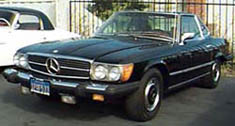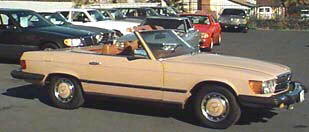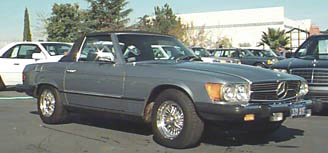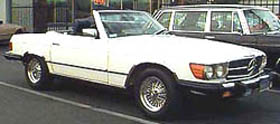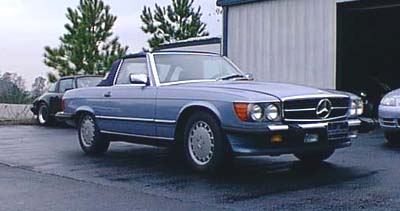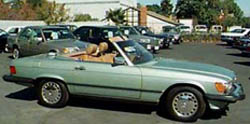Mercdes Benz SLís 1972 - 1989
W 107 Body Style
The 107 chassis was the longest running body style for SL roadsters. Introduced to the US in 1972 (1971 in Europe), MBZ used this body until 1989 when it was replaced with the 129 chassis.
The US introduction of the first 107 based roadster, the 350 SL, caused confusion. In the past, MBZ had named cars for their engine size. Accordingly, the 350 SL was introduced in Europe the year before with a 3.5 liter V 8 engine. But when MBZ brought the car to the US in 1972, it was equipped with a larger 4.5 liter engine and named 350 SL 4.5. To end the confusion, MBZ renamed the roadster to 450 SL in 1973.
In addition to the three US models (450 SL, 380 SL and 560 SL), the American market is flooded with imports from Europe. Particularly during the mid 1980's, thousands of European 500 SL's were imported. In addition, many 280 SL's and European 350 SL's (3.5 liter engine) with the 107 body can be found in North America. Most of the imports have been retrofitted to American safety standards (for example larger bumpers) and emission regulations.
There is a popular Road and Track article on 107 SL's on the the web, several people have it on their sites. I copied the article from Greg Frank's Mercedes 107 Roadster Home page (check his pages out - great SL info), but left out the tables. If you are looking to buy a 560 SL, you may also want to look at my list of dealerships in the SF Bay area and my checklist for evaluating 560 SLís.
